What This Blog Post on AI Governance Best Practices Covers
-
AI governance defines the policies and controls that guide how enterprise AI is used, making sure it follows legal rules, ethical principles, and company standards.
-
Establishing ownership with a clear responsibility assignment framework prevents rollout failure and creates accountability across security, legal, and engineering teams.
-
Mapping and classifying data with context-aware labels reduces risk by controlling what LLMs can access and surface.
-
Continuous monitoring, performing live red-team drills, and maintaining audit-ready logs help detect, prevent, and trace vulnerabilities in AI systems and policy violations.
-
Tools like Knostic enable real-time inference oversight, simulate potential data exposure, and automate compliance, turning AI governance into a proactive system.
Why Is It Important to Implement AI Governance Best Practices
Enterprise AI systems are under constant scrutiny. A single biased output can irreversibly damage trust and cause untold reputational harm. In 2024, the Harvard Business Review reported that only 28% of online adults in the U.S. say they trust companies using AI models with their data, while 46% say they don’t. And more than half (52%) feel AI poses a serious threat to society. Enterprises must build systems that inspire trust, aswithout oversight, even minor lapses can turn into global news. AI governance best practices add safeguards before damage happens, and ensure output aligns with enterprise values and tone. Trust starts with clarity and control, not apology after failure.
Compliance is not optional. It is table stakes for deploying GenAI at scale. As of July 2025, over 75 countries have adopted or are in the process of drafting AI legislation. Globally, legislative mentions of AI increased by 21.3% across 75 countries, signaling broad regulatory momentum according to Stanford University. The OECD AI Policy Observatory lists over 900 national AI policies and initiatives, proving that enterprise AI governance is becoming a global norm. Under the EU AI Act, for example, high‑risk AI systems must use high-quality training, validation, and testing data. This involves maintaining rigorous data governance, from collection to monitoring, in order to minimize bias and ensure traceability throughout the design and deployment process. To execute this at scale, enterprises use AI governance tools to codify policy gates, automate evidence capture, and maintain traceability from training through inference.
In terms of innovations, governance may seem like a blocker at first, but the reality is it speeds up deployment. Engineers currently spend unnecessary cycles debating prompt risks, data use, and legal ambiguity. Proper governance reduces this friction. A 2025 McKinsey report reveals that only 28% of organizations have C-suite or board-level oversight of AI governance, even though companies with formal frameworks and re‑engineered workflows report greater GenAI value. For enterprise teams, this demonstrates that governance isn’t a hindrance to innovation; it’s the scaffolding that accelerates it.
Most Important AI Governance Best Practices Pre-LLM Rollout
As enterprises race to integrate LLMs into core workflows, governance often lags behind innovation. Before launching any LLM-powered solution, it's essential to establish structured governance practices that safeguard data, align with regulations, and ensure responsible AI behavior from day one.
Establish Clear Ownership and RACI
No GenAI program succeeds without ownership. Ambiguity kills accountability. Before rollout, define a clear RACI model. Here, the RACI model represents a specific responsibility assignment framework that ensures security, legal, and engineering teams know precisely who is responsible for what, who must be consulted, and who requires updates. Appoint an executive sponsor with authority to make tradeoffs, and create a cross-functional board with security, compliance, product, legal, and engineering leads.
A 2024 Deloitte report on AI adoption trends found that only 9% of organizations had a mature AI governance framework, with role clarity cited as a key challenge. Another column from Financial Times reported in 2025 that 23% of surveyed firms had no formal AI policy in place, exposing gaps in accountability and ownership. These governance gaps point directly to role ambiguity and lack of ownership, as primary factors in inconsistent or failed GenAI deployments.These RACI models should not be static. Review them quarterly and adjust based on feedback loops from usage data and risk reviews.
Map and Classify All Data
LLMs ingest and retrieve data, often at massive scale. Before deployment, it’s critical to map every data source the model can access. This includes structured datasets, internal documents, email threads, chat logs, and internal knowledge wikis. Without visibility, it’s impossible to control what the model might surface.
Apply sensitivity labels using context-aware classifiers. Classify by criticality, legal restrictions, and type (e.g., PII, IP, contracts). For example, use granular taxonomy such as ‘PII - HR’ for employee data or ‘IP - R&D’ for confidential product designs. This enables the automatic application of policy guardrails for AI during inference. Lastly, enforce least-privilege access on vector databases and prompt pipelines.
IBM’s 2024 Report shows that companies using AI and automation in their security operations saved an average of over $2.2 million per incident. The study also emphasizes how shadow data and uncontrolled AI use, such as unsanctioned GenAI workflows, increase the risk of exposure.
Run a Risk-Based Model Lifecycle Review
Before your model goes live, run a structured model review. Assess risks across privacy, fairness, and operational readiness. Review the model’s bill of materials (SBOM) to understand all upstream dependencies, including third-party models or embeddings. Evaluate known bias exposures, including gender, race, and geographic terms using benchmarked datasets. Establish sunset criteria for when the model will be retired or retrained.
The 2024 Responsible AI chapter finds that standardized evaluations for AI system safety, such as red teaming or adversarial resilience testing, are severely lacking. Companies acknowledge adversarial attacks and privacy violations as critical risks, but few have fully implemented mitigation steps across security, fairness, or transparency dimensions. To assist with bias and fairness testing, emerging open-source tools like IBM’s AI Explainability 360 or MLCommons’ AI benchmarking suite can support structured, replicable evaluations.
Embed Guardrails into Prompts and Outputs
Prompt filters must be part of the model’s design. Use grounding checks to verify outputs against enterprise sources. This involves cross-validating the generated responses against approved knowledge bases, such as company FAQs, policy documents, or structured databases to ensure the model’s output reflects factual, enterprise-trusted information. Implement redaction rules that automatically block named entities, sensitive terms, or hallucinated claims before they’re displayed to users. Microsoft’s Responsible AI Transparency Report confirms that the company embeds prompt filtering and redaction into products like Azure OpenAI and Copilot, but guardrails aren’t just technical; they’re policy baked into inference. And they’re a prerequisite for enterprise-grade AI.
Most Important AI Governance Best Practices During Rollout
Effective GenAI governance starts with a firm foundation: establishing clear ownership and a defined RACI model ensures accountability and prevents ambiguity in rollout campaigns. This clarity empowers cross-functional teams to work together efficiently, with oversight responsibilities that are shared and well-defined, and an executive sponsor making informed trade-off decisions.
Enable Continuous Observability
Real-time observability is vital for enterprise AI. AI observability enables the tracking of latency, cost, accuracy, hallucination, and drift. A 2025 study explains that observability tools facilitate the monitoring of hallucinations, fairness anomalies, and resource usage in production systems. A TechRadar survey found 78% of organizations now use AI workloads, thereby putting pressure on infrastructure and observability systems to track performance proactively. Continuous monitoring of latency and output groundedness helps detect prompt leakage or bias. Alerting on cost or ungrounded results provides early warning. Observability acts like a central nervous system for AI, turning telemetry into actionable insight.
Conduct Live Red-Team Drills
Red teaming is more than penetration testing. Recent academic research highlights the importance of both macro (system-level) and micro (model-level) red teaming. These drills simulate prompt injection, vector poisoning, jailbreak chaining, and other adversarial tactics. Microsoft’s red team experience with over 100 GenAI products reveals the value of structured adversarial testing in uncovering unseen risks and governance gaps. Common scenario types to test for include insider threat simulation, compliance breach detection, prompt injection, and unauthorized inference across roles. A layered red teaming strategy ensures vulnerabilities are exposed across the whole system, including social, policy, and technical dimensions. Teams should test, fix, and retest regularly. This ensures that defenses hold even as prompts and models evolve.
Launch User Education & Change Management
Rolling out without user education leaves significant unaddressed risk. One example can be found in this 2024 study in the biopharma industry, which shows that continuous training of users, feedback loops, and policy refinement are necessary for governance success. Recurring, context-specific training is especially effective in helping employees internalize data handling expectations and respond to governance alerts. Gather feedback from users about edge cases that automated systems may miss. As policies evolve, retraining reinforces awareness and understanding of these policies. This human layer supports governance by integrating expectations into daily workflows.
Most Important AI Governance Best Practices After Rollout
After deployment, GenAI systems face dynamic risks that static controls can't contain. To maintain control and compliance, organizations must embed continuous governance practices that adapt to how AI is used, not just how it was designed.
Maintain Audit-Ready Logs
Audit readiness is non-negotiable for regulated environments. Enterprises must store prompts, retrieval paths, and outputs in tamper-evident SIEM systems. Log trails answer who did what, when, and with which data. For example, Google Cloud’s Vertex AI automatically writes audit logs for model actions and admin operations, enabling traceability from training to inference.
Automate Access & Label Reviews
Access permissions and labels decay over time. Automation helps trigger periodic reviews of roles, data classification, and permissions. AI system observability frameworks and governance agents can detect label drift or permission creep in real time. For example, if access requests exceed a threshold of 30% deviation from historical usage patterns, or if label mismatches persist across five or more queries, automated triggers can initiate review workflows. Automated workflows prompt review when usage diverges from classification, preventing stale roles or overexposed data pathways from persisting.
Schedule Recurring Red-Team Regressions
Remediation is not one and done. System-level regressions confirm that previous red-team issues remain resolved over time. A resilient red teaming framework emphasizes maintenance and feedback loops, not one-off testing. Red-team regressions feed metrics into executive dashboards, tracking the number of retested vectors and time to remediation. This creates a continuous improvement cycle and ties governance into KPIs.
How Knostic Strengthens AI Governance Across All Phases
Most enterprise tools rely on static file labels (e.g., Microsoft Purview), which fail to capture context during AI inference. Knostic addresses this gap by enhancing static classification with live usage signals gleaned from real-time LLM interactions. It observes how knowledge is inferred (not just where files reside) and flags discrepancies when responses exceed policy boundaries.
Knostic runs simulation campaigns using real user prompts across tools like Copilot and Glean to uncover oversharing risks before rollout. This automated red-teaming identifies inference paths that traditional red teams often miss, even when access controls are correctly configured.
Knostic logs and links AI interactions back to source documents, context, and policy evaluations. The Explainability Dashboard provides a comprehensive, end-to-end lineage (a traceable record that supports compliance with HIPAA, GDPR, and the EU AI Act).
What’s Next
Knostic’s white paper outlines how inference engines, such as Copilot, reshape the governance perimeter and why traditional security stacks can’t contain the new risks. Download the paper and read more about this topic.
FAQ
- What’s the best way to govern AI?
Start by governing not just data, but knowledge. Utilize tools like Knostic that analyze how LLMs generate and expose information, rather than just where data resides. Governance must extend into real-time AI inference.
- Which best practice should we tackle first: ownership or data classification?
Start with ownership and RACI. Without executive sponsors and clear roles, classification rules will lack support.
- What guardrails matter most during rollout?
Prompt simulation and context-based filtering are critical. With Knostic, you can preview oversharing paths before users see them, making rollout safe rather than theoretical.
- How can we maintain effective governance after the rollout?
Use continuous monitoring and automated regression red-teaming. Knostic provides both, along with explainability dashboards and policy feedback loops that evolve with user behavior and model changes.
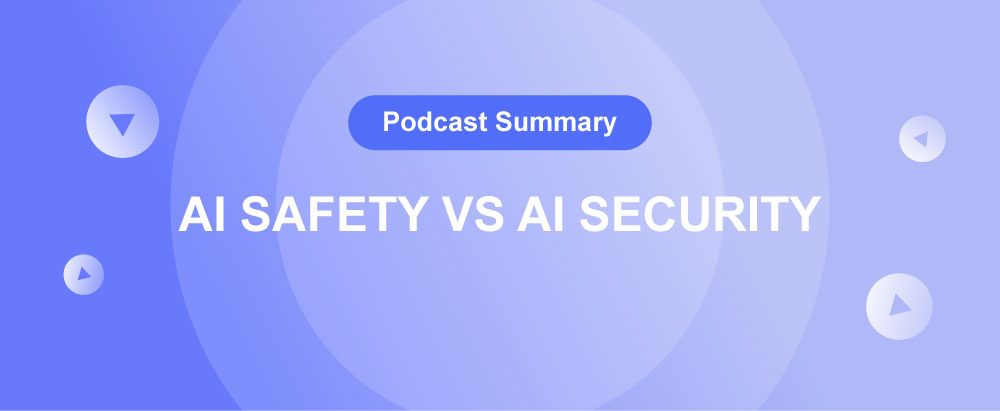
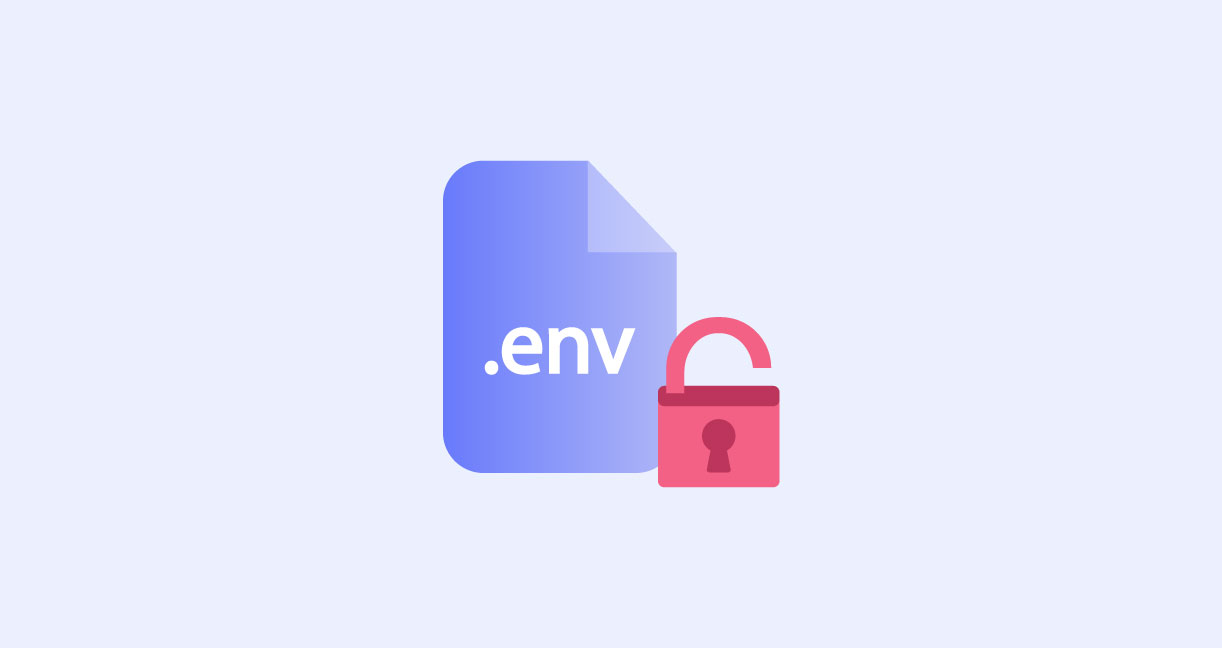

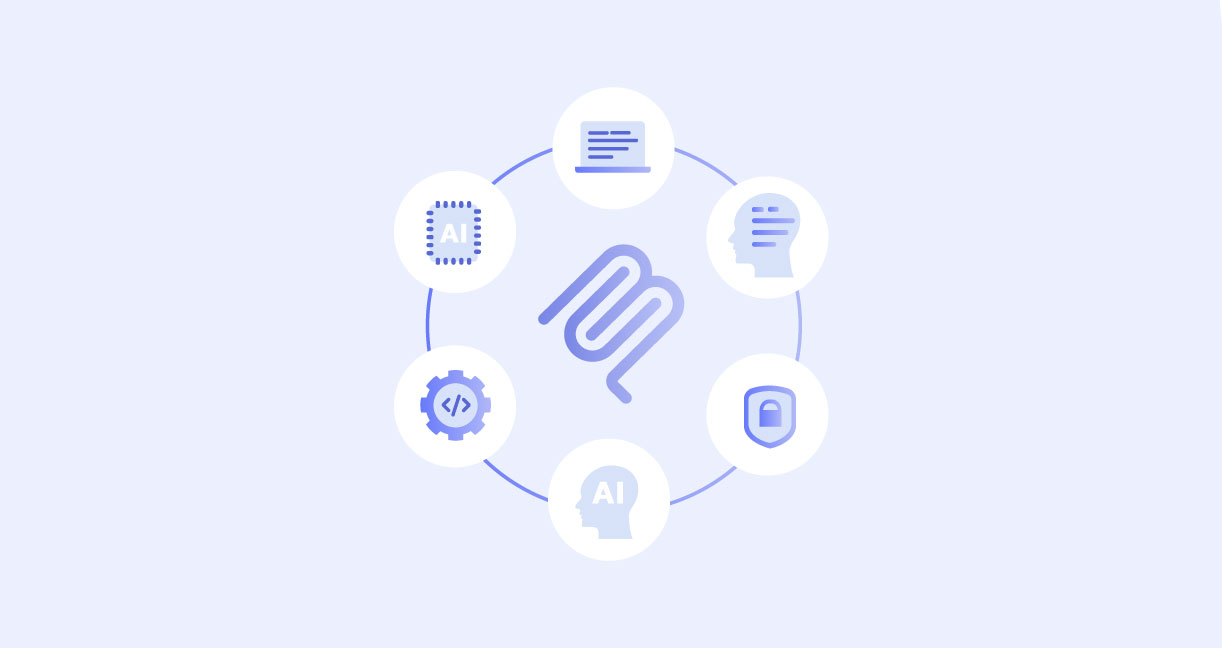


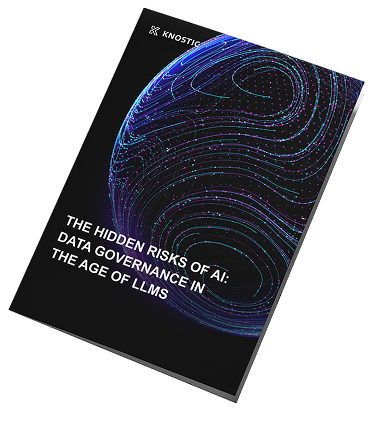
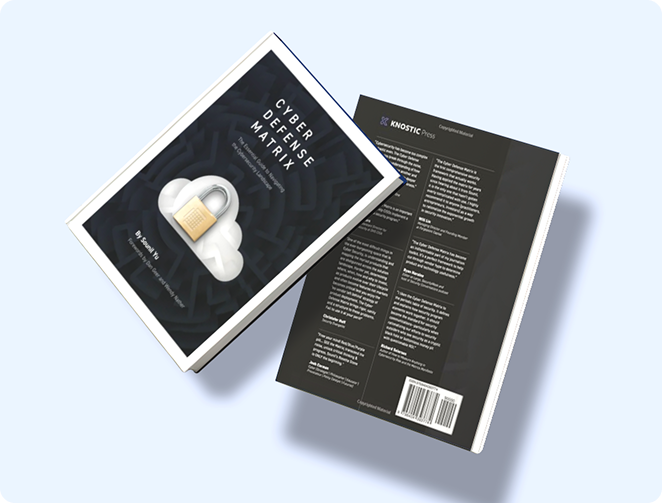
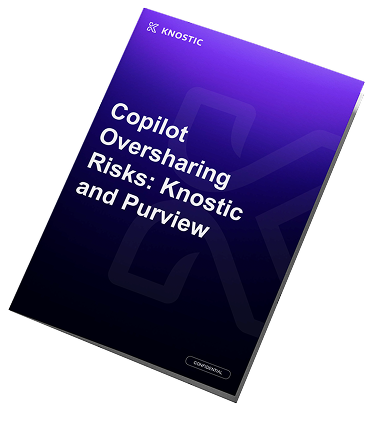
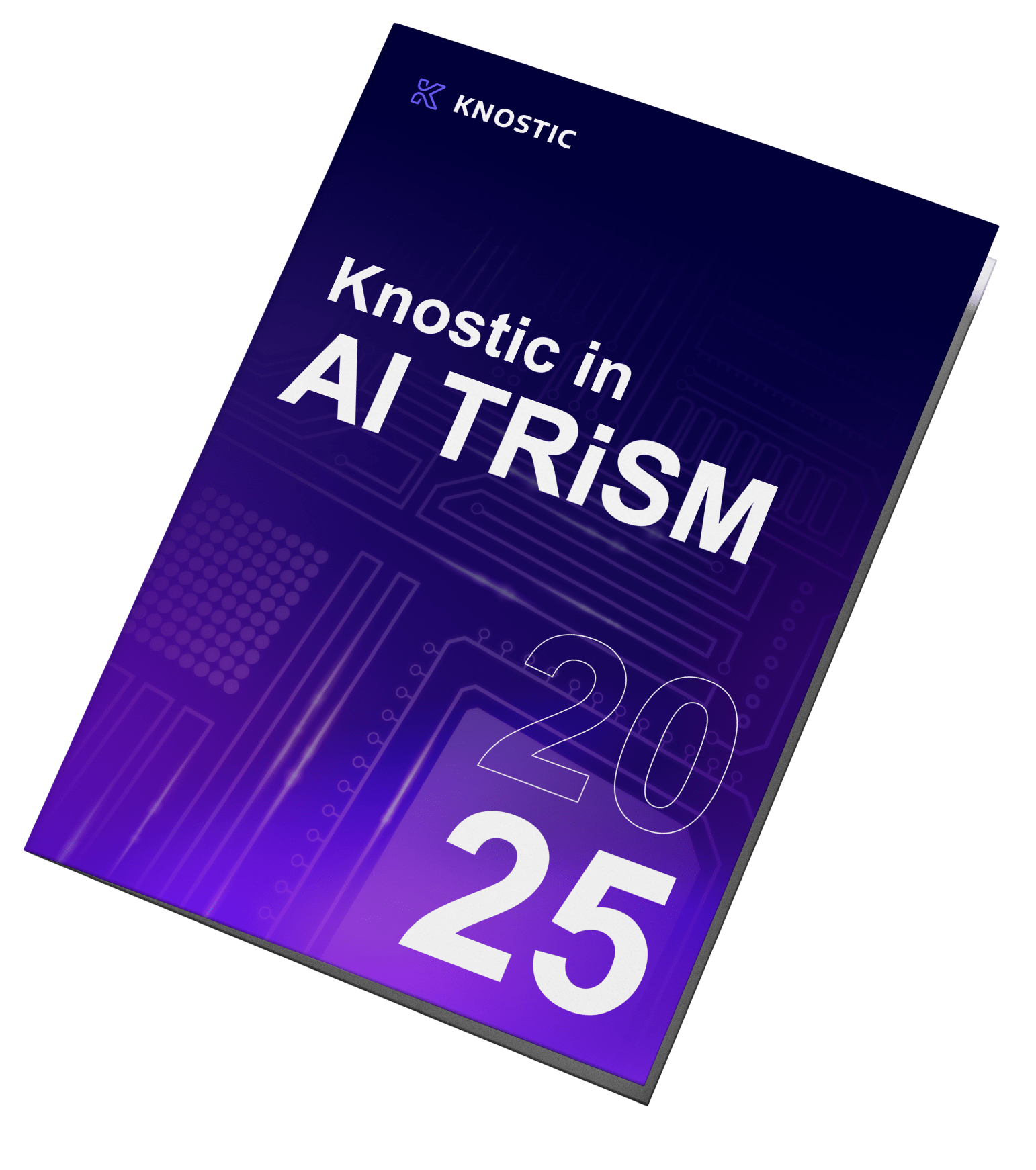
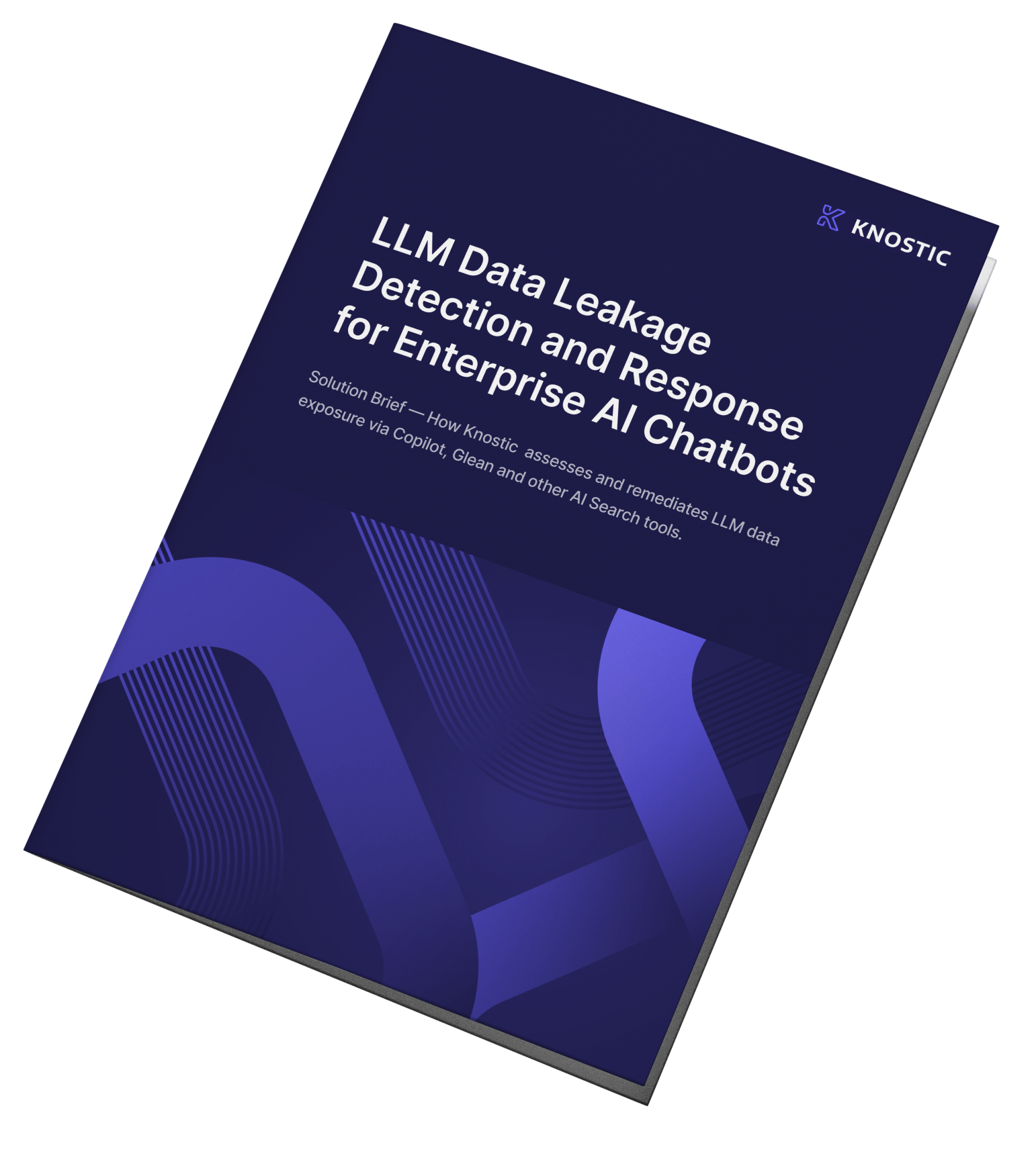
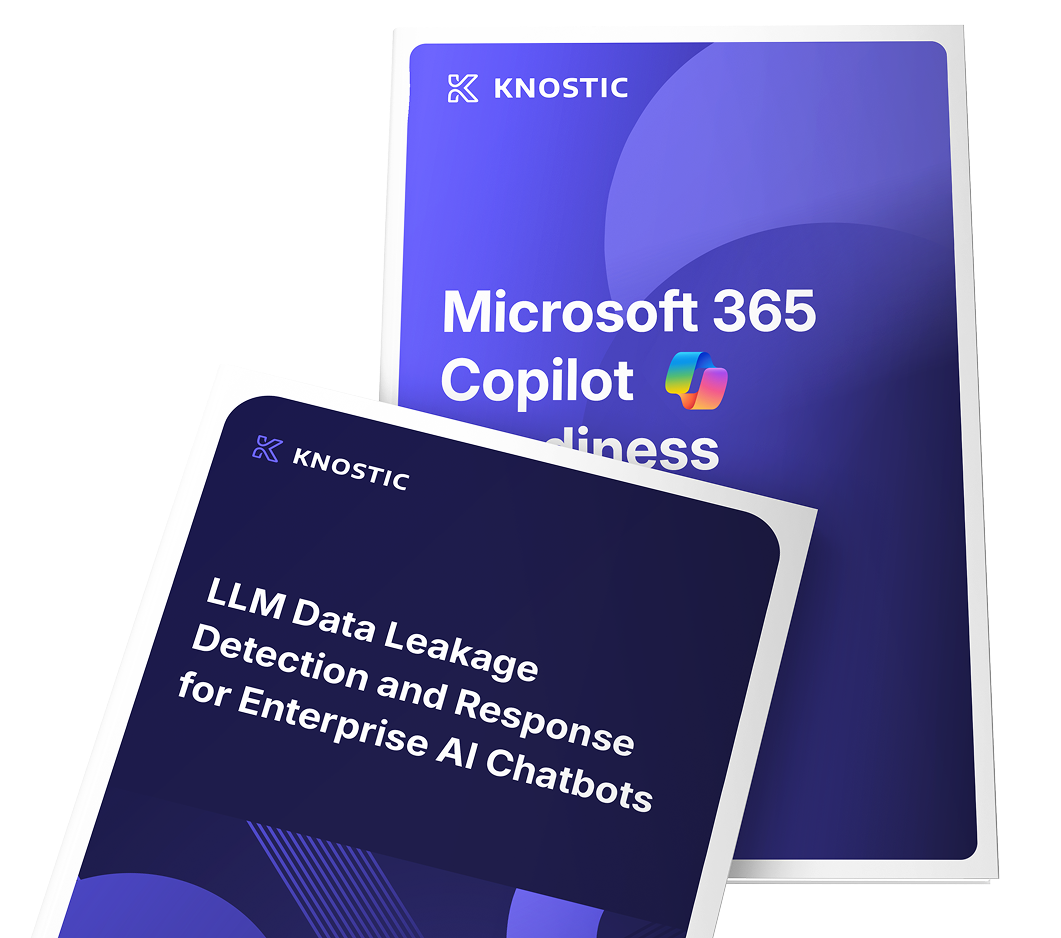
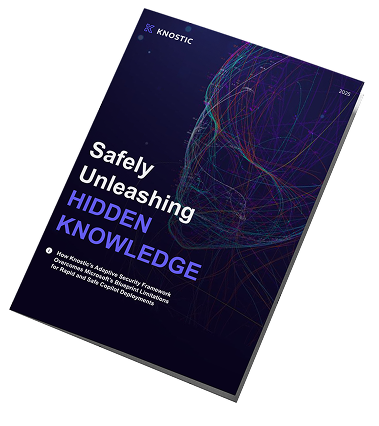
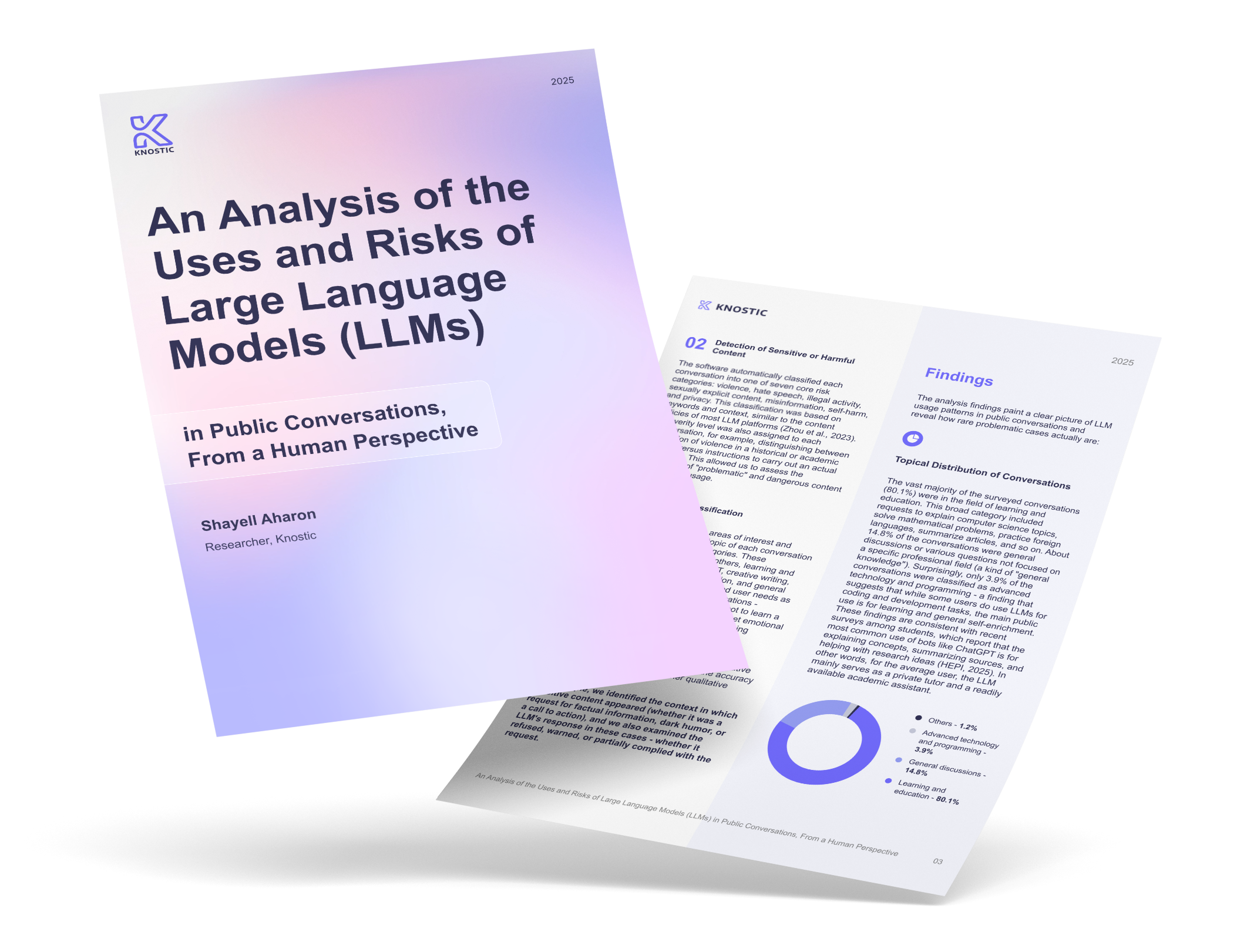




![AI Data Governance Guide for Enterprise Teams [2025]](https://www.knostic.ai/hs-fs/hubfs/What-is-AI-data-governance.jpg?width=520&height=294&name=What-is-AI-data-governance.jpg)


